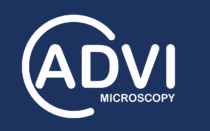The purpose of primary antibody staining is to bind a specific antigen present in your cell or tissue sample. This is a key step in immunostaining protocols, which are widely used to visualize specific proteins or other molecules of interest in a biological sample.
Please note, the following procedure is a common protocol for adherent cells. In your specific case, it’s essential to adhere to your own optimized and modified procedure to ensure the most accurate and reliable results. Here’s a condensed version of the protocol:
Protocol
– After cell fixation, permeabilization, and blocking, prepare for primary antibody staining. Always follow your specific protocol for each antibody’s dilution and diluent to ensure optimal results.
– For a standard 18×18 mm cover glass, use 50 µl of primary antibody solution. – Remove the excess PBS and place the cover glass onto a drop of antibody solution, cells facing down.
– Moisten a clean piece of tissue paper with a buffer that matches the concentration of the staining solution.
– Create a humidified chamber by covering both the cover glass and the moistened tissue paper, e.g., with a Petri dish lid.
– Incubate for a common period of 1 hour at room temperature for an adherent cell monolayer.
– Dismantle the chamber after use and keep it for subsequent steps like secondary staining.
– Wash the cells three times with PBS, allowing the cells to remain in each wash for approximately 2 minutes.
The cells are now prepared for secondary antibody staining.
